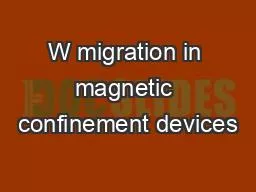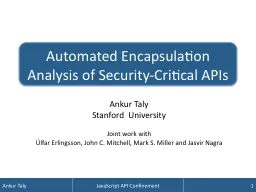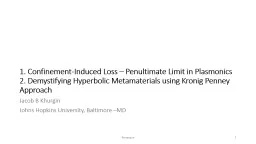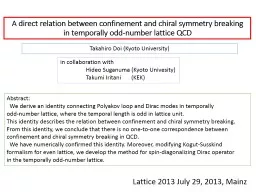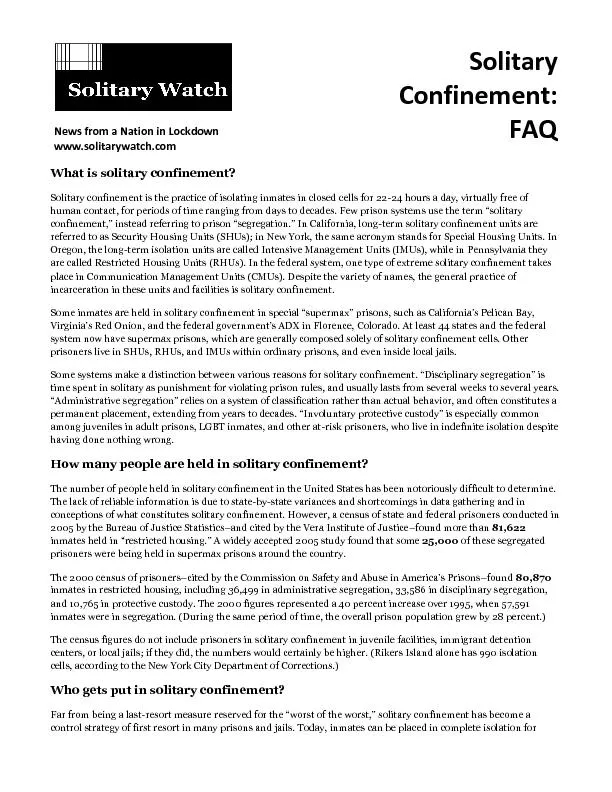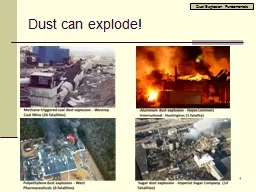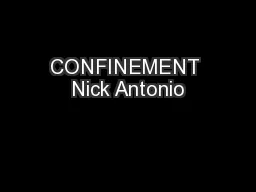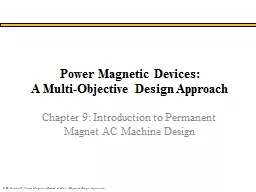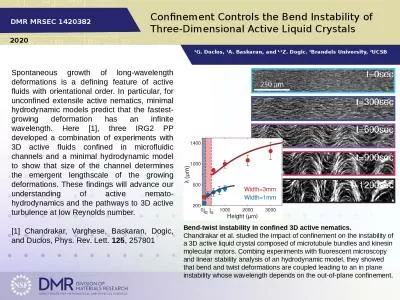PPT-W migration in magnetic confinement devices
Author : pattyhope | Published Date : 2020-08-29
by Zeke Unterberg Presented to FES Fusion Material Workshop Oak Ridge TN July 2016 E rosion deposition amp reerosion continuously evolve impurity source distribution
Presentation Embed Code
Download Presentation
Download Presentation The PPT/PDF document "W migration in magnetic confinement devi..." is the property of its rightful owner. Permission is granted to download and print the materials on this website for personal, non-commercial use only, and to display it on your personal computer provided you do not modify the materials and that you retain all copyright notices contained in the materials. By downloading content from our website, you accept the terms of this agreement.
W migration in magnetic confinement devices: Transcript
Download Rules Of Document
"W migration in magnetic confinement devices"The content belongs to its owner. You may download and print it for personal use, without modification, and keep all copyright notices. By downloading, you agree to these terms.
Related Documents

